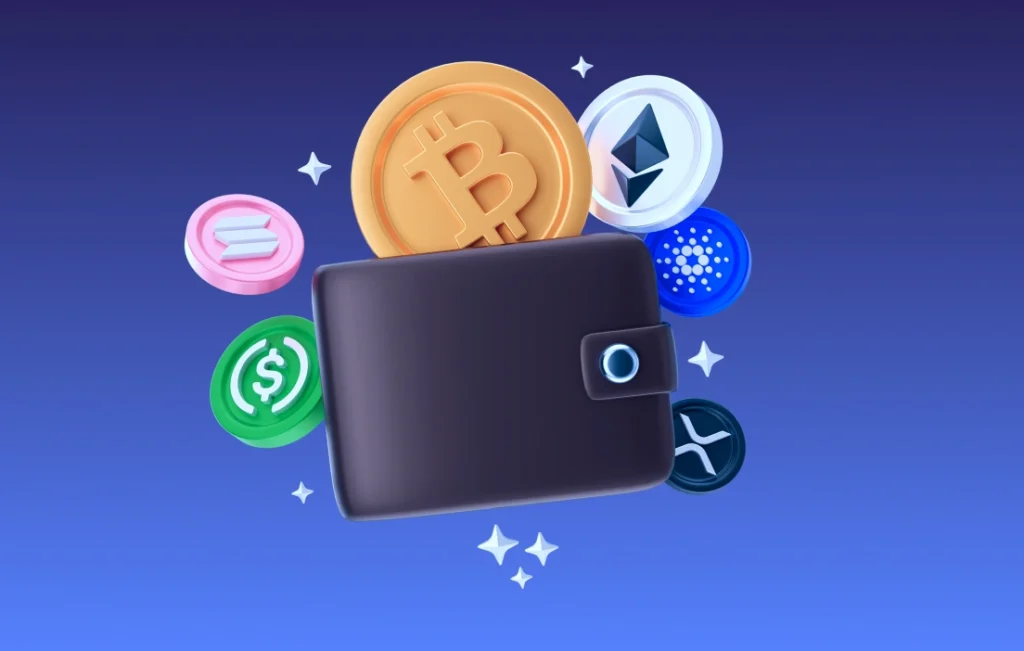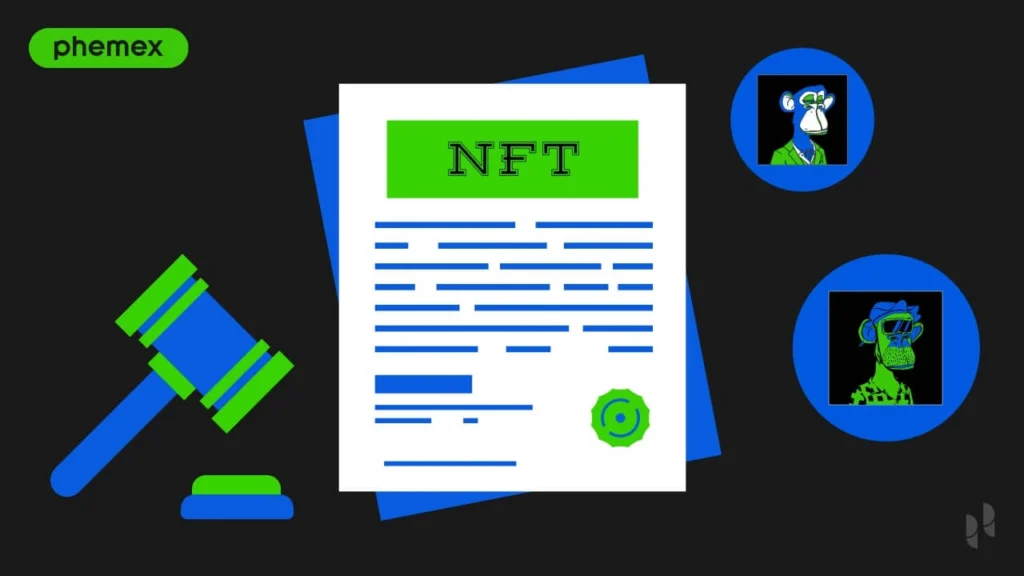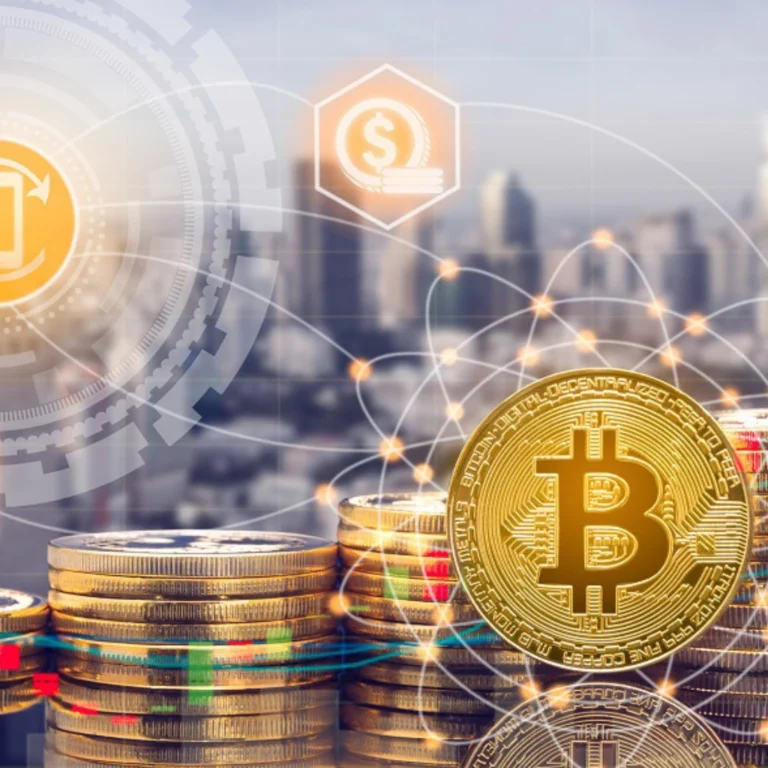Busting the Myths: What Is Whitelist and Why It’s Not What You Think
You’ve probably heard the term thrown around—in crypto Discords, email newsletters, security circles. But what is whitelist, really? And is it as exclusive or powerful as people make it out to be?
Let’s be honest—whitelisting sounds like a big deal. It evokes secret lists, behind-the-scenes access, digital VIP lounges. But the truth? It’s way more functional—and way less glamorous—than most folks realize. Time to separate fact from fiction.
Myth #1: Being on a Whitelist Means You’re Special
Here’s a popular idea: if you’re “on the whitelist,” you’ve made it. You’re elite, you’re early, you’re chosen.
Sounds exciting, right? But more often than not, it just means your email address or wallet ID got pre-approved for something—usually by filling out a form, completing a few basic steps, or just being on time. It’s not a mark of brilliance or status; it’s admin work with a sprinkle of hype.
Especially in Web3 circles, whitelists have become buzzwords—tools used to drive up FOMO (fear of missing out). But let’s not kid ourselves: it’s not always about merit, it’s usually about marketing.


Myth #2: Whitelisting Is Always About Security
Yes, originally, whitelists were built for protection—limiting what apps can run, who can access a server, or which emails get through. And in those contexts? Super useful.
But lately, the term’s been stretched thin. In many modern uses—NFT projects, software beta testing, product drops—it’s not about security at all. It’s about filtering or controlling demand.
There’s no firewall being reinforced, no hacker being locked out. You’re not hardening your defenses—you’re just managing a queue.


Myth #3: Whitelists Are Transparent and Fair
This one might be the most persistent myth of all. “Get on the whitelist,” they say, “and you’ll be part of the launch.” But what they don’t mention is how subjective—or downright chaotic—these lists can be.
Especially in crypto or NFT spaces, whitelists are often run by community mods or influencers. Who gets on? Sometimes it’s the most active, sometimes it’s random, and sometimes… well, let’s just say favoritism isn’t off the table.
And when things go wrong—bots flood the list, minting fails, someone forgets to check a box—it becomes clear how wobbly the system can be.

Myth #4: Whitelist = Guaranteed Access
So you got whitelisted. Great! But hold up—does that actually mean you’ll get what you signed up for?
Not always. In practice, whitelisting often just means you’re allowed to try. You may still miss out if you’re not fast enough, or if demand exceeds supply, or if the system glitches (which, let’s face it, happens a lot).
It’s not a golden ticket—it’s a fast pass… with a few strings attached.

So, What Is Whitelist—Really?
Strip away the buzz, and a whitelist is just a permission list. A digital ledger of “yes, you may.” Sometimes that permission protects networks or streamlines delivery. Other times, it’s just an access filter, dressed up as exclusivity.
That’s not to say whitelisting doesn’t have its place. It does. But maybe it’s time we stop treating it like the secret to success or the hallmark of security.
At the end of the day, what is whitelist? It’s a tool—one that’s occasionally helpful, sometimes overhyped, and often misunderstood.
Relevant news: Inside the Whitelist: A Rundown of What It Is and Where It Matters






